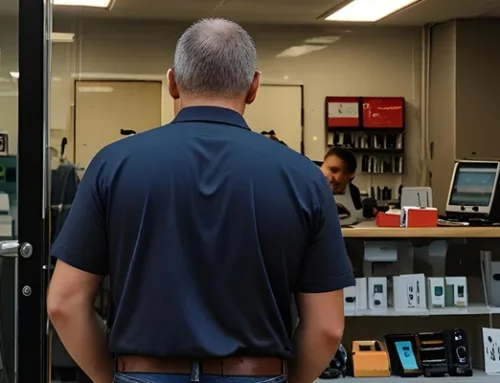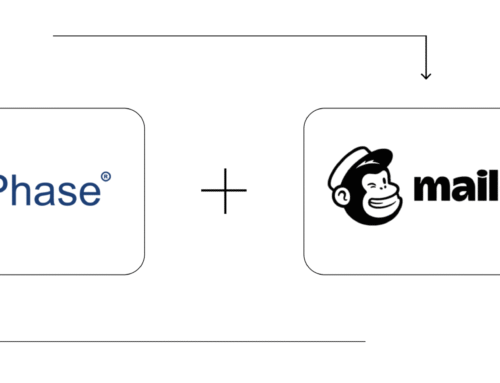From Customer to Evangelist: The Power of Storytelling & Brand-Building for Repair Shops

Introduction
For many businesses, marketing is a race to the bottom. It’s about being the cheapest, offering the biggest discount, and winning the search for computer repair near me with sheer force of budget. But what happens when the next competitor undercuts your prices? The customer who chose you based on a deal will leave you for another.
The most successfulcomputer repair near me brands today—from tech giants to local cafes—have discovered a more powerful way to attract and keep customers: storytelling. They understand that a brand is not what you sell, but the story you tell and the feelings you evoke.
For a repair shop, this is your greatest, most underutilized asset. You’re not just fixing a cracked screen or a dead motherboard; you are restoring a connection, rescuing a memory, and solving a major problem for a real person. By sharing these stories, you can transform your computer repair shop from a generic service provider into a trusted community pillar, turning every customer into a powerful brand evangelist.
Beyond the Fix: The Narrative of Your Business
Every repair has a “before and after” story.
-
Before: A student is panicking because their laptop won’t turn on before a final exam. A videographer is distraught because they dropped their camera and need it for a shoot tomorrow. A grandparent is heartbroken because their phone, with all their family photos, is no longer working.
-
After: Relief, joy, and gratitude.
Your work is not just technical; it’s emotional. Your brand-building mission is to capture and share these emotional narratives.
The Blueprint for a Story-Driven Brand
Here’s a step-by-step guide to building a brand that tells a compelling story, turning your repair shop into a place people don’t just go to, but a place they want to tell their friends about.
1. Discover Your “Why”
Before you can tell your brand’s story, you need to know what it is. Why did you start your business? Was it to save people money? To fight e-waste? To bring your passion for technology to your community? This is your brand’s core purpose. Share it on your “About Us” page, in social media posts, and in your daily conversations with customers.
2. Capture the Stories of Your Customers
Your customers are your most authentic storytellers. You just need to give them a platform.
-
Ask for Testimonials: Go beyond a simple star rating. Ask customers to share a brief story about the problem they had and how your team made them feel. Quotes like, “My
phone fixing serviceswith them were amazing; they saved my entire vacation’s photos!” are far more powerful than just five stars. -
Create a Customer Spotlight: Every month, feature a compelling customer story on your blog or social media. Ask for their permission to share their story, and if possible, include a photo of them with their fixed device. This is the ultimate
social proof. -
Use Video: A short, 30-second video of a happy customer is incredibly powerful. It’s more personal and memorable than text and can be easily shared.
3. Tell Your Own Story
Your brand’s narrative is not just about your customers. It’s about your team, your values, and your daily life in the shop.
-
Go Behind the Scenes: Use platforms like Instagram and Facebook to share behind-the-scenes videos of your team at work. Show the intricate process of a micro-solder repair or the tools you use. This content builds trust by demonstrating your expertise and humanizing your team.
-
Highlight Your Team: Feature your technicians and staff. Share their bios, their favorite parts of the job, and their passions. This turns your business from a faceless entity into a team of real, relatable people who care.
-
Share Your Principles: What makes your
computer repair shopdifferent? Is it a “No Fix, No Fee” promise? A commitment to using only high-qualitycellphone parts? Share these principles with your audience.
4. Leverage Your Stories for Marketing
Once you have these stories, use them everywhere.
-
Website: Dedicate a section of your website to testimonials and case studies.
-
Social Media: Repurpose your stories into short posts, videos, and reels. Use relevant hashtags to reach new audiences.
-
Email Marketing: Feature a customer success story in your monthly newsletter to keep your brand top-of-mind with past clients.
The Blueprint for a Story-Driven Brand
Building a story-driven brand can seem like a lot of work, but your repair software should be your greatest tool for managing the process. BytePhase is designed to facilitate this.
-
Effortless Feedback Collection: After every repair, BytePhase can automatically send a follow-up email or text asking for a review and a testimonial.
-
Centralized Communication: All your customer communications and a history of their repairs are stored in one place. This makes it easy to go back and find customers who had a great experience and ask them to share their story.
-
Transparency Builds Trust: Our platform’s automated updates and clear invoicing create a professional, transparent experience. This is the fundamental “before and after” that every good story is built on.
In a world where everyone is selling the same product, a powerful brand story is your ultimate competitive advantage. It’s how you build a business that is not only profitable but also deeply respected and admired by the community you serve.







